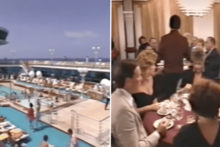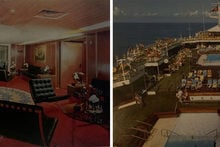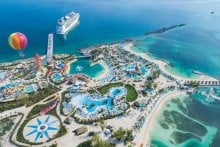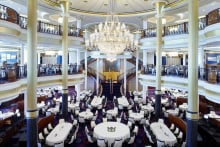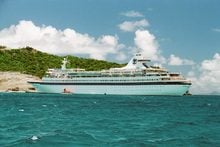More than 10 years since Royal Caribbean launched the Oasis Class ships, it remains an engineering marvel that introduced a variety of innovations, including adding a park to a cruise ship.
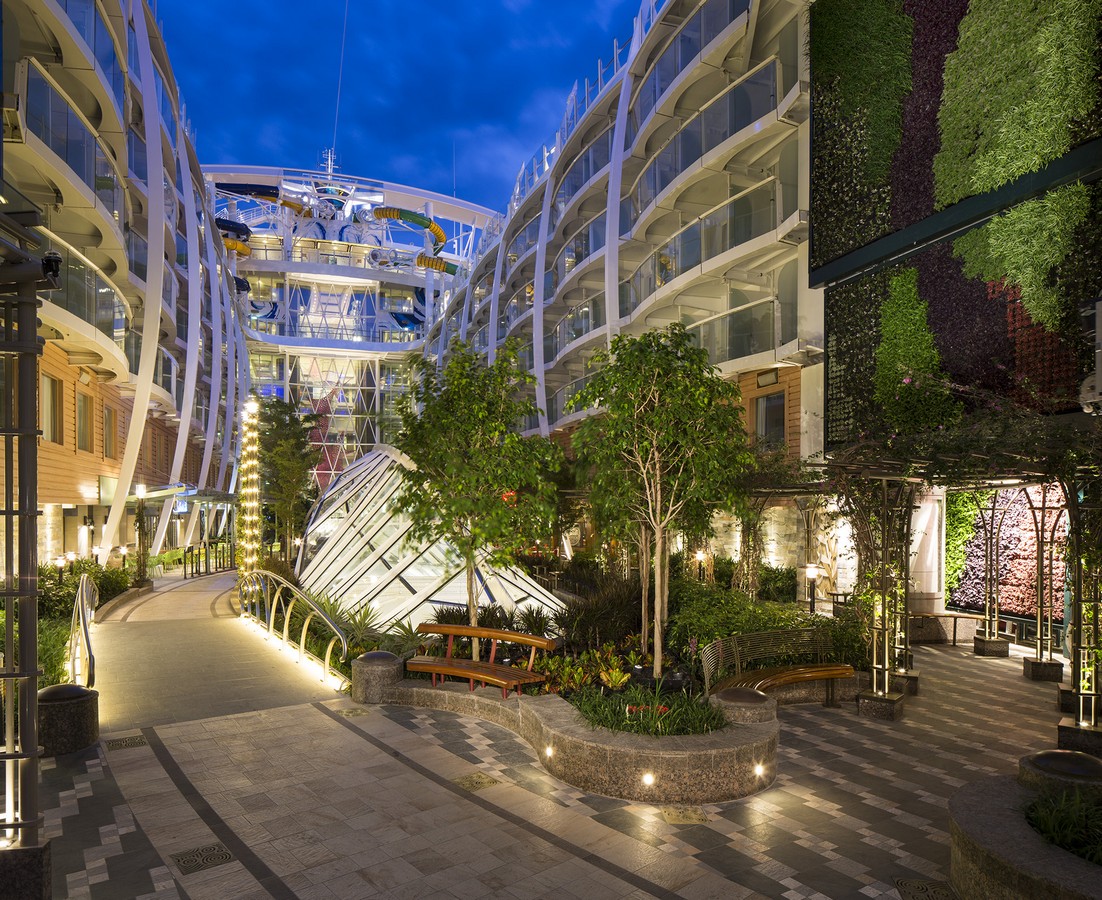
Kelly Gonzalez, Royal Caribbean Senior Vice President, Architectural Design (Newbuilding & Innovation), recently told the story of how the cruise line engineered a way to bring a live greenery with trees and grass to an ocean going vessel.
Ms. Gonzalez describes the story of creating Central Park as, "both a success story that became a failure story, that became a better success story in the end."
The idea
Royal Caribbean invited various architectural firms to submit ideas for what Royal Caribbean should do with the space on the ship, and the cruise line awarded the contract to a firm from the U.K. that came up with the idea for Central Park.
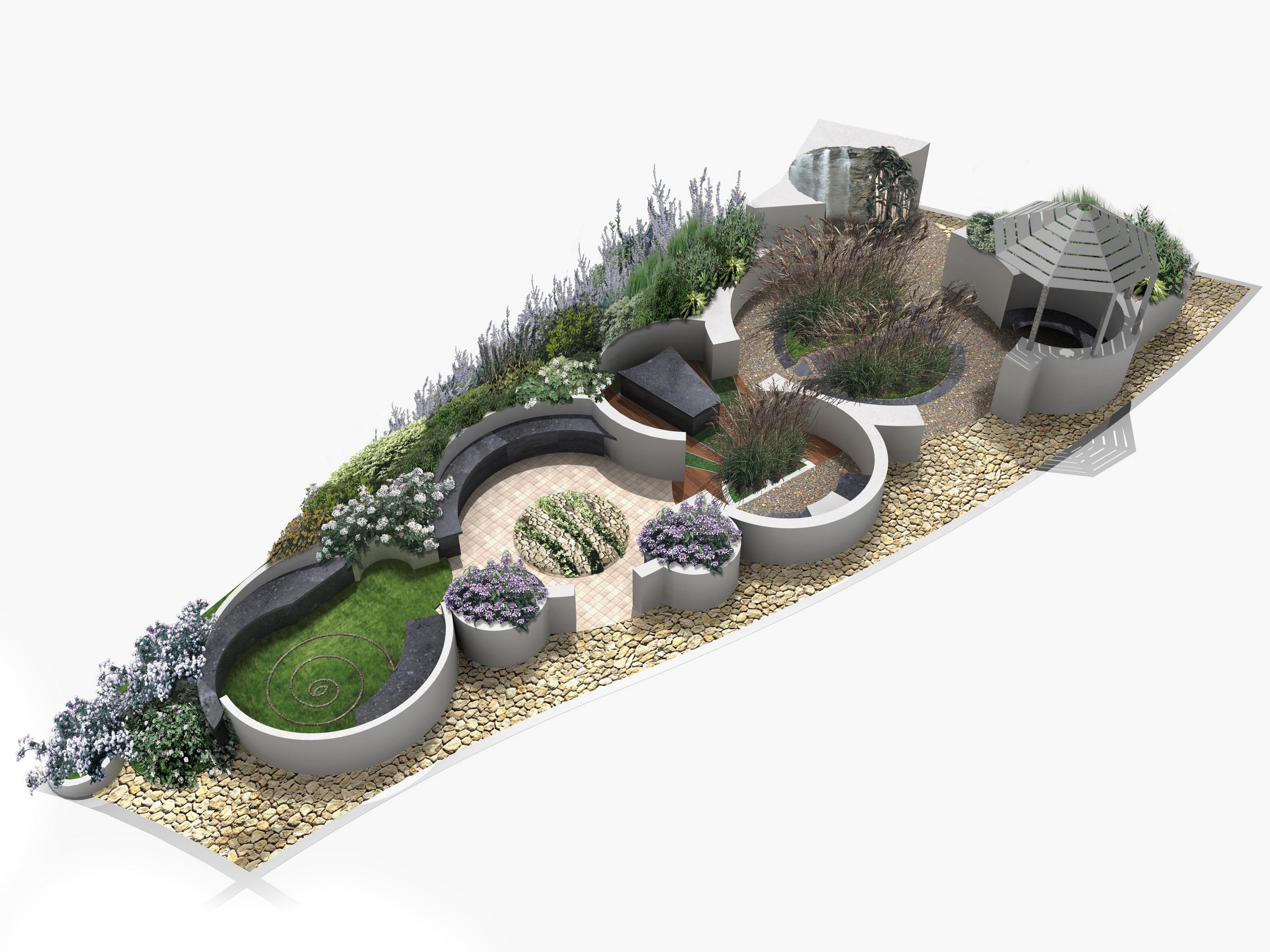
The original concept for Central Park was not what we see today on Royal Caribbean's ships.
While it did have the split atrium, where you could look up to the sky and then had the atrium-view staterooms looking into it, as well as the skylights that brought daylight down into the Royal Promenade, the design that won the contest was actually based on a series of rolling hills.
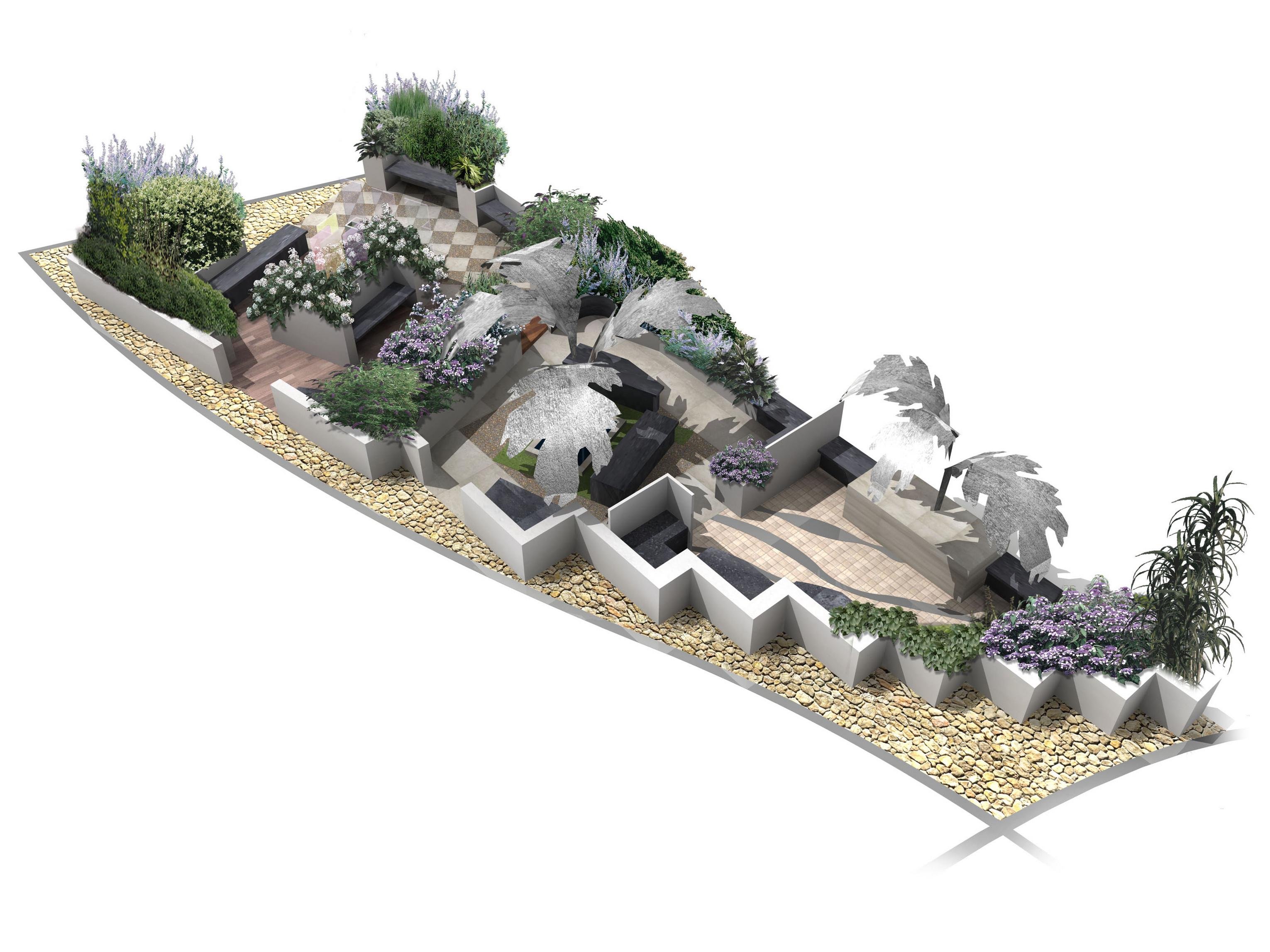
These were structural hills that were covered with grass with skylights on the side.
Building Central Park
Royal Caribbean had never done anything on a ship before that involved live greenery and trees and grass and things of that sort, so they brought in experts, including scientists from the University of Florida and landscape architects.
"We looked for a company that we thought would be really bringing the best expertise in a Caribbean environment and all of what that entails seasonally," Ms. Gonzalez recalled.
"We had to spend an extraordinary amount of effort working with structural specialists because we were literally putting these giant holes in a steel structure that typically is not perforated in any way. So the fact that we were breaching that with skylights was something that was very daunting for the conventional ship engineers."
In addition, Royal Caribbean had to bring specialists to address the issue of bugs that live around these plants, and implications of what happens when a ship pulls into a port and the various local laws related to fauna.
Royal Caribbean had to also address the ability to fertilize the plants and not overcomplicate the water systems to the point of impacting the environment or ocean. Specifically, how could Royal Caribbean capture water runoff that might contain fertilizers.
The experiment

Photo by STX Europe
A major hurdle for Central Park was the rolling hills concept. There was a lot of uncertainty about grass living in an environment where the sun really had an apex high sky for a limited number of hours a day.
To tackle the idea, they constructed a piece of machinery where they mocked up the hills of of grass with real grass on it. Then they created a machine with a long axle of a car that had wheels on it. These wheels had shoes, lined around the rim of the wheel that was simulating people walking up and down the grass down in the atrium. They then simulated the lighting effect to reproduce the conditions that allowed for limited daylight.
This experiment hoped to address concerns such as:
- How would the grass grow?
- How often would it have to be watered?
- How would foot traffic up and down be on the grass?
Ms. Gonzalez summed up the experiment by saying, "Well, to make a long story short, that task failed."
The test showed that regardless what species of grass that was used, and no matter what they would do with fertilization or any watering or anything else in this in this atrium, the grass was not going to be a surviving concept.
Not only had the test failed, but it was right before Christmas and the team had reached a point where they had to go back to the drawing board.
Becoming Central Park
The team spent four weeks over the Christmas holiday working in their London office rethinking the concept of the design and to change it drastically, keeping in mind time was not on their side.
Eventually, they settled on the idea of a Central Park area that looks a lot like what we see on cruise ships today, with more of the flat walkways and the skylights that actually stand up in the sky and capture even more daylight.
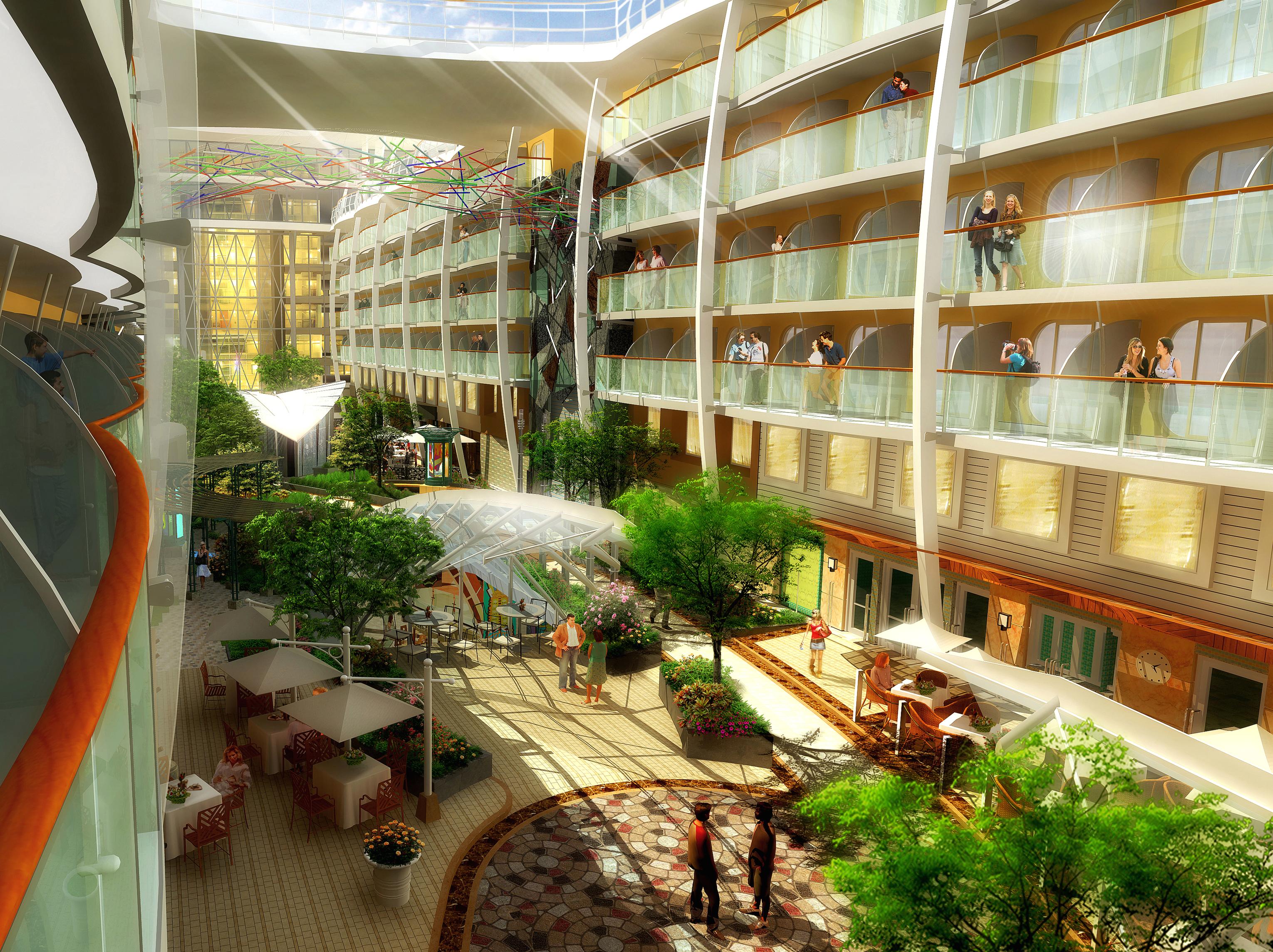
Photo by STX Europe
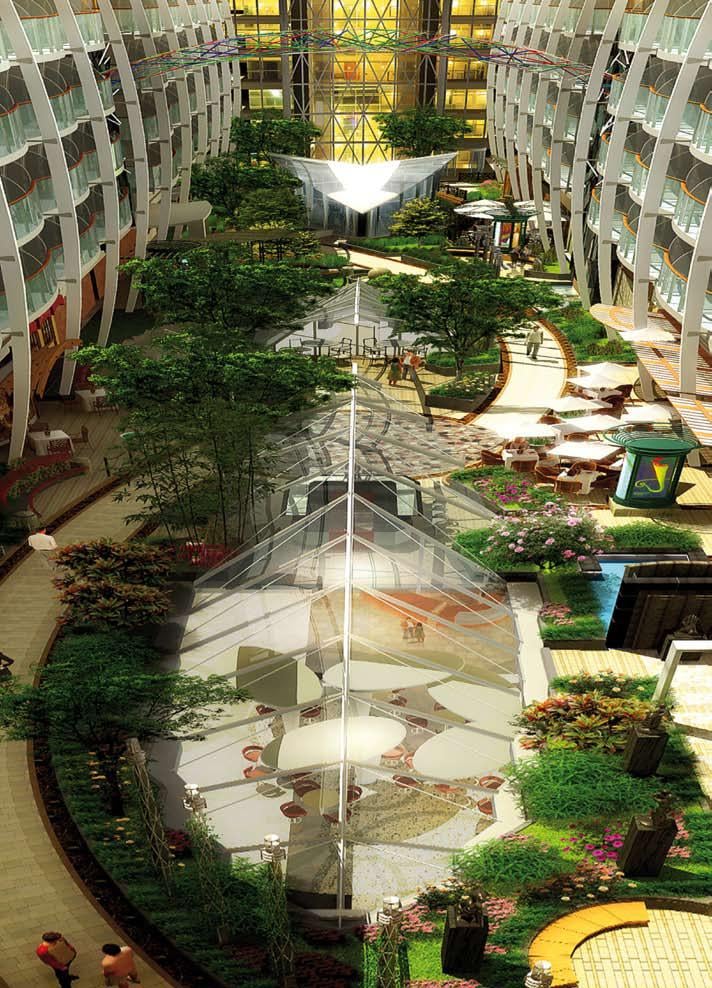
Ms. Gonzalez spoke about the risks the team took to make the concept work, "We understand there's risk, but we put a lot of effort into mitigating that risk. And we're not afraid of failure or failure usually leads us to a better place."
"And I think the Central Park is a story of how we ended up actually in a better place with the design than where we thought we were going to land, where we started it from the very beginning."
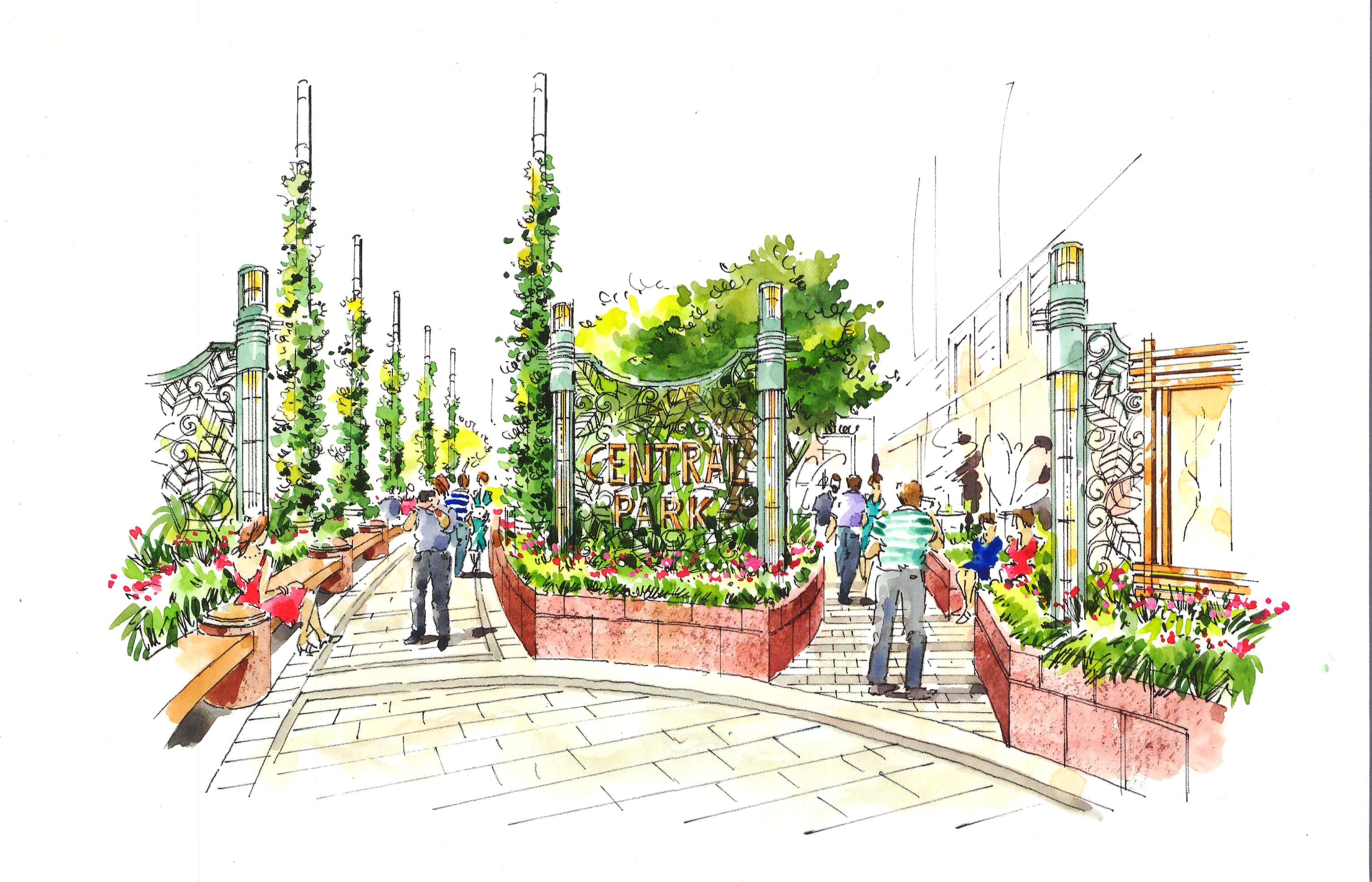
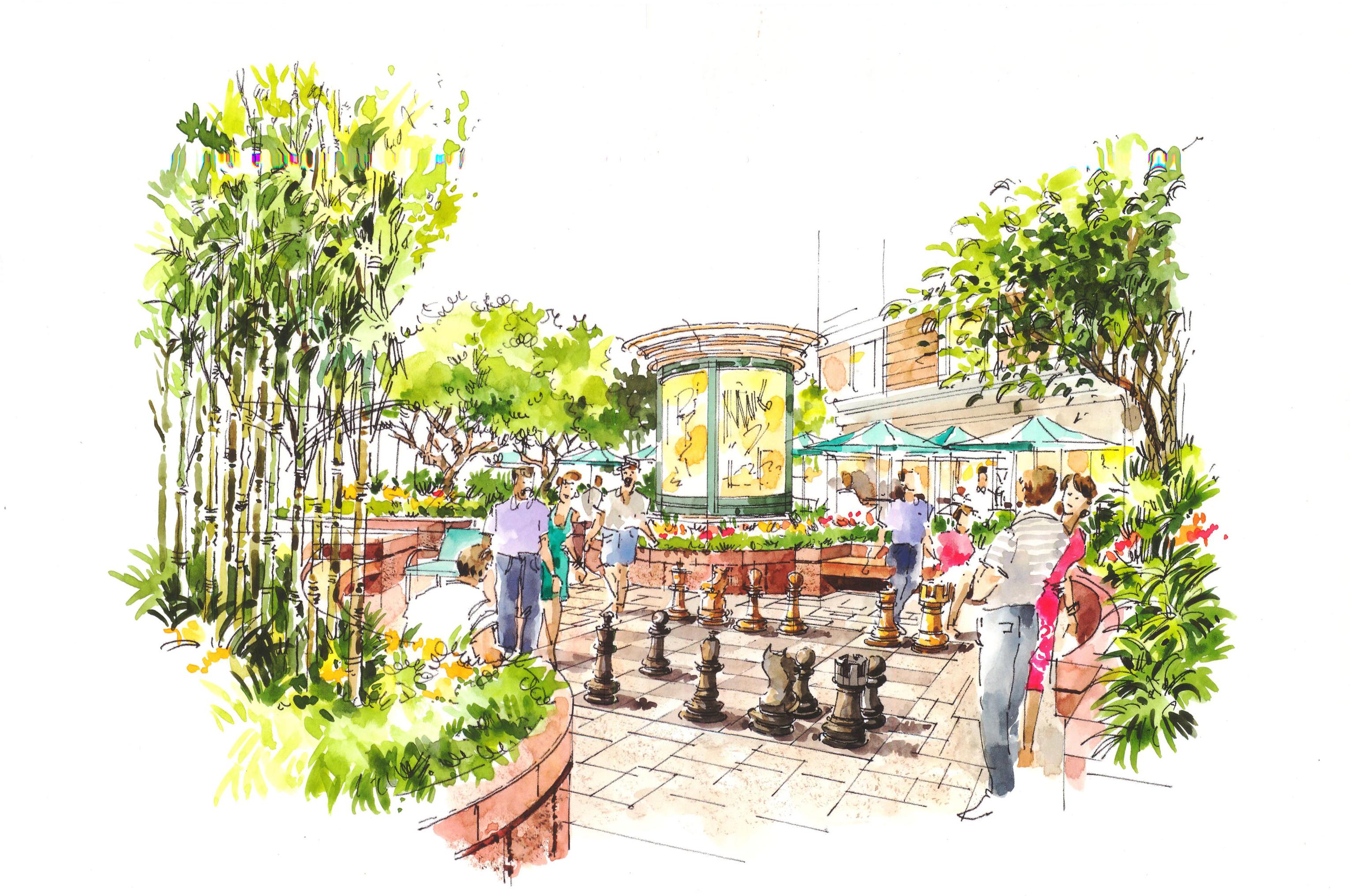
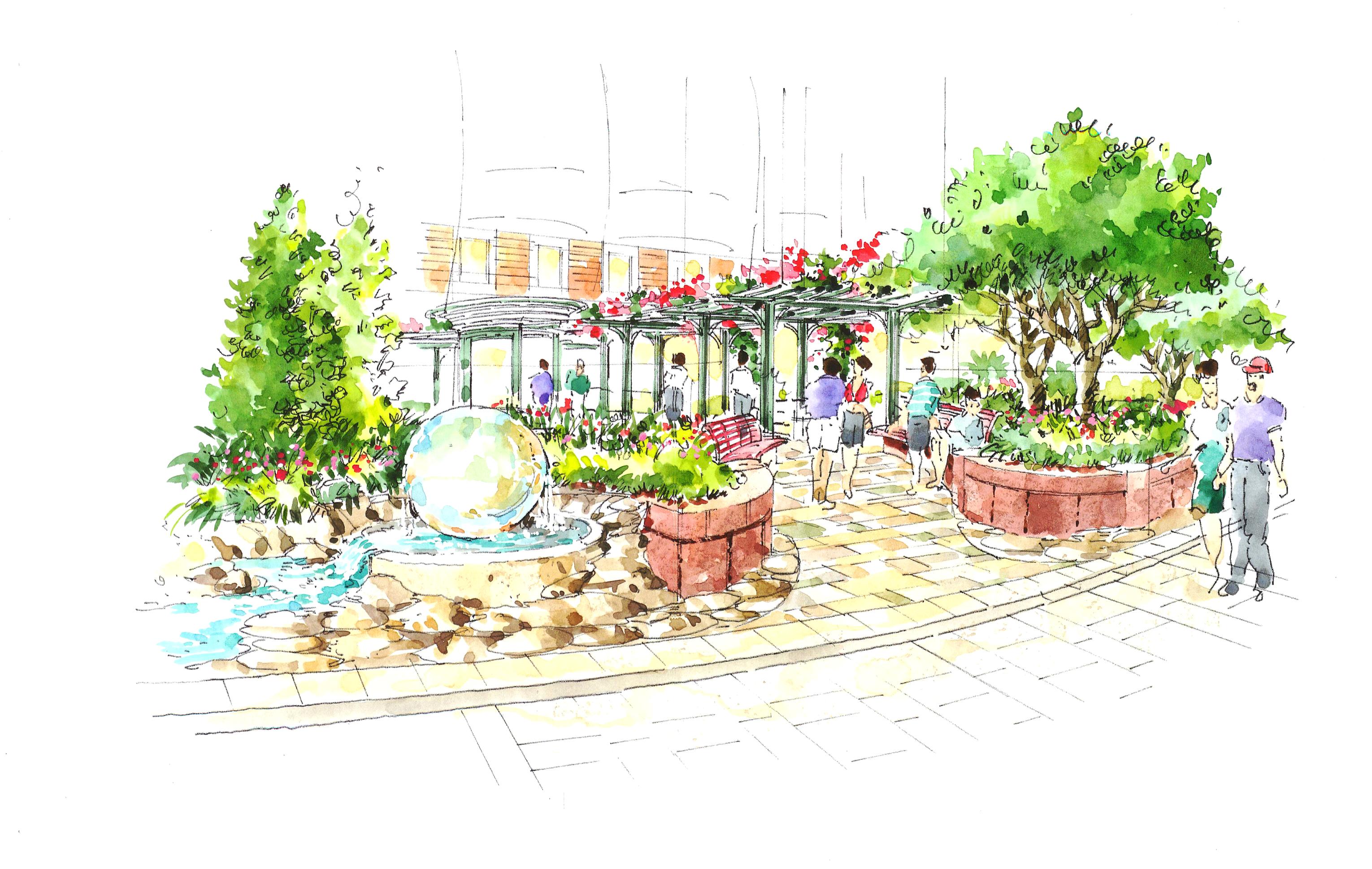
The team believed so much in the new design for Central Park, that they created a scale mock-up of the entire Central Park neighborhood at the Turku, Finland shipyard.
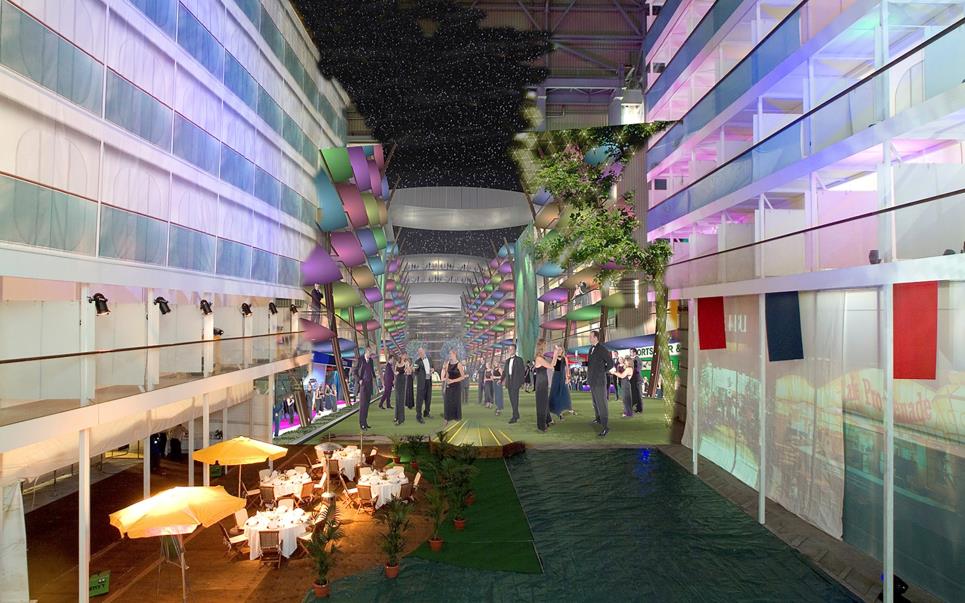
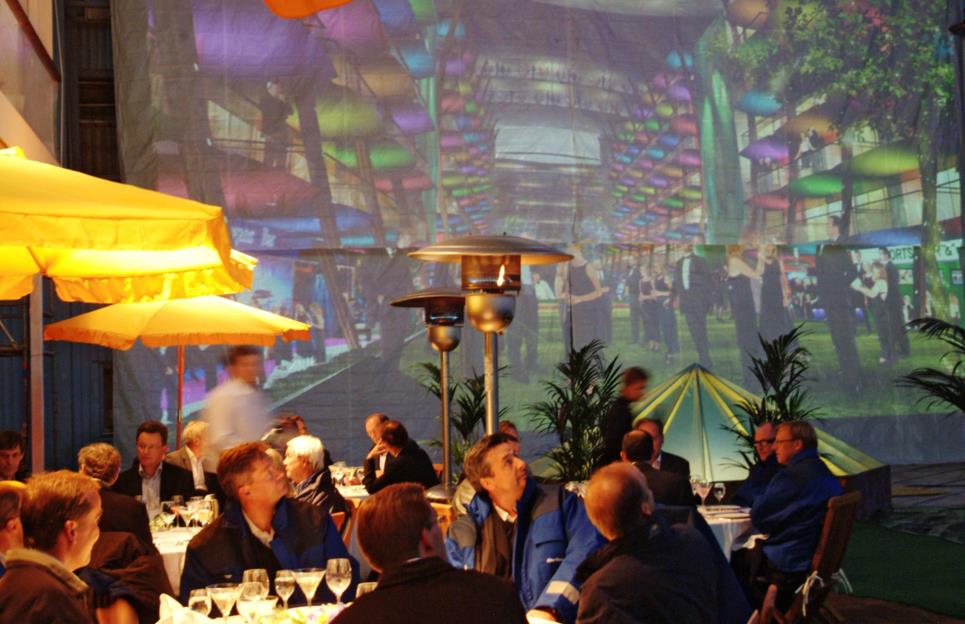
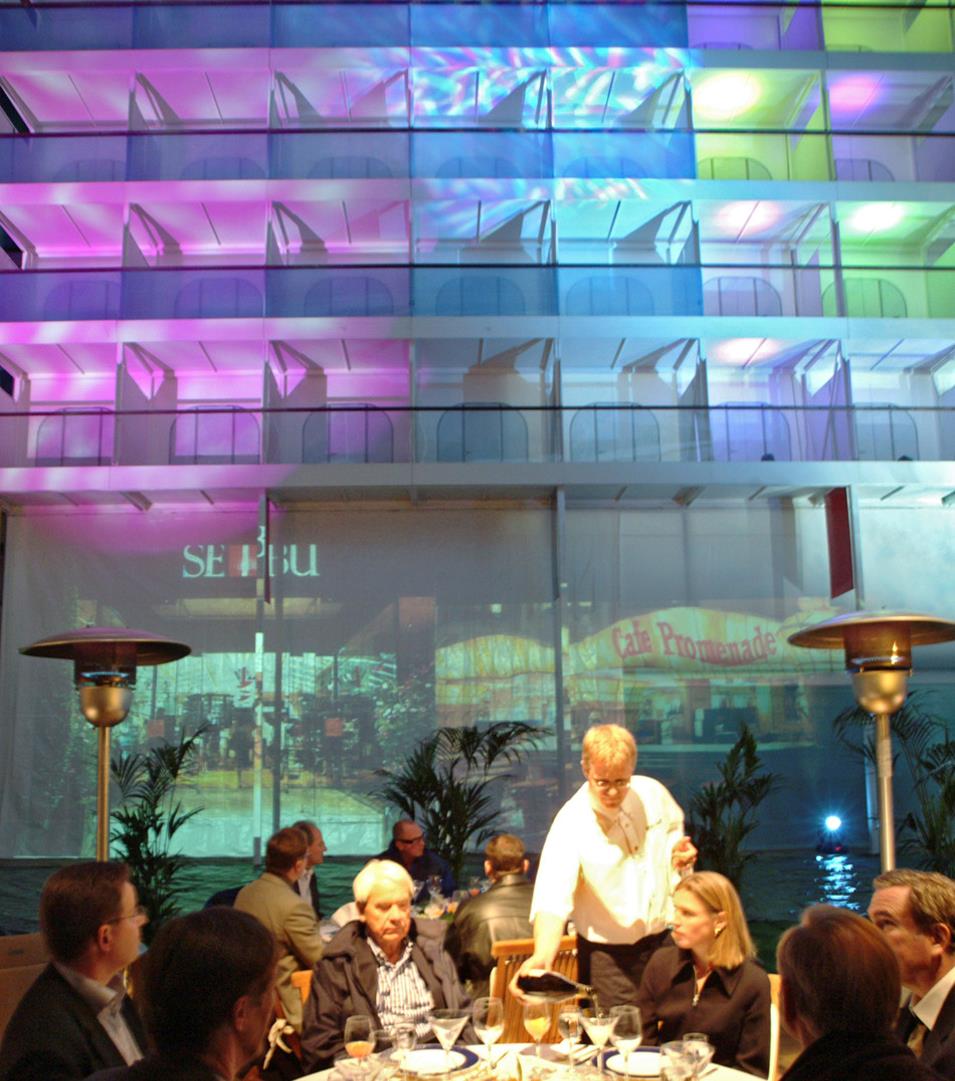
Photos by Kelly Gonzalez
Essentially, they printed the design on canvas and strung it up from the trusses in the ship hall, complete with facades of stateroom balconies.
They augmented the look with proper lighting and sound so that Royal Caribbean's Board of Directors could get a good ideas of what Central Park would become.
The team had do all of this for the rest of the company to be able to understand and regain trust behind the design, and the design process, to pull off a concept like Central Park.
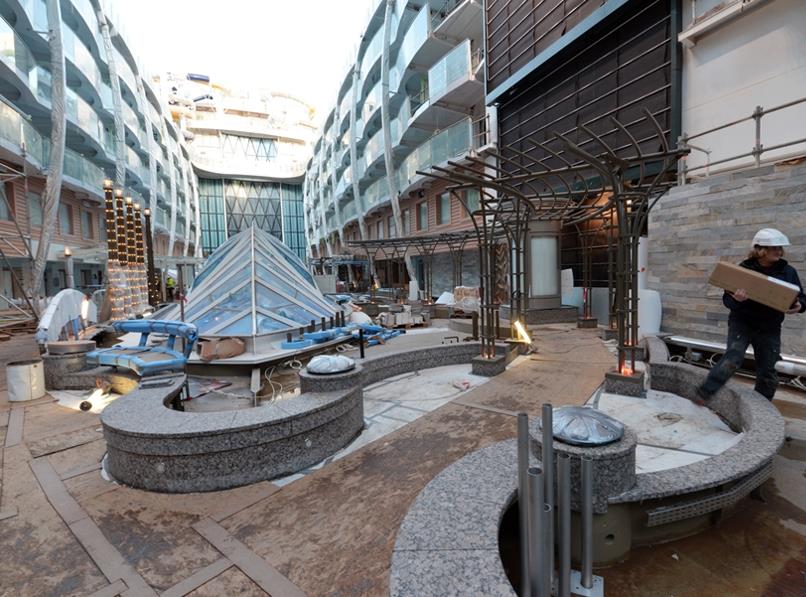
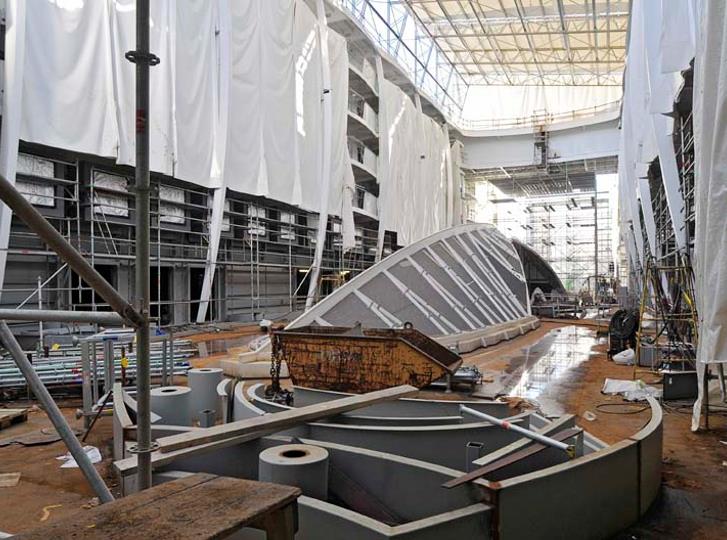
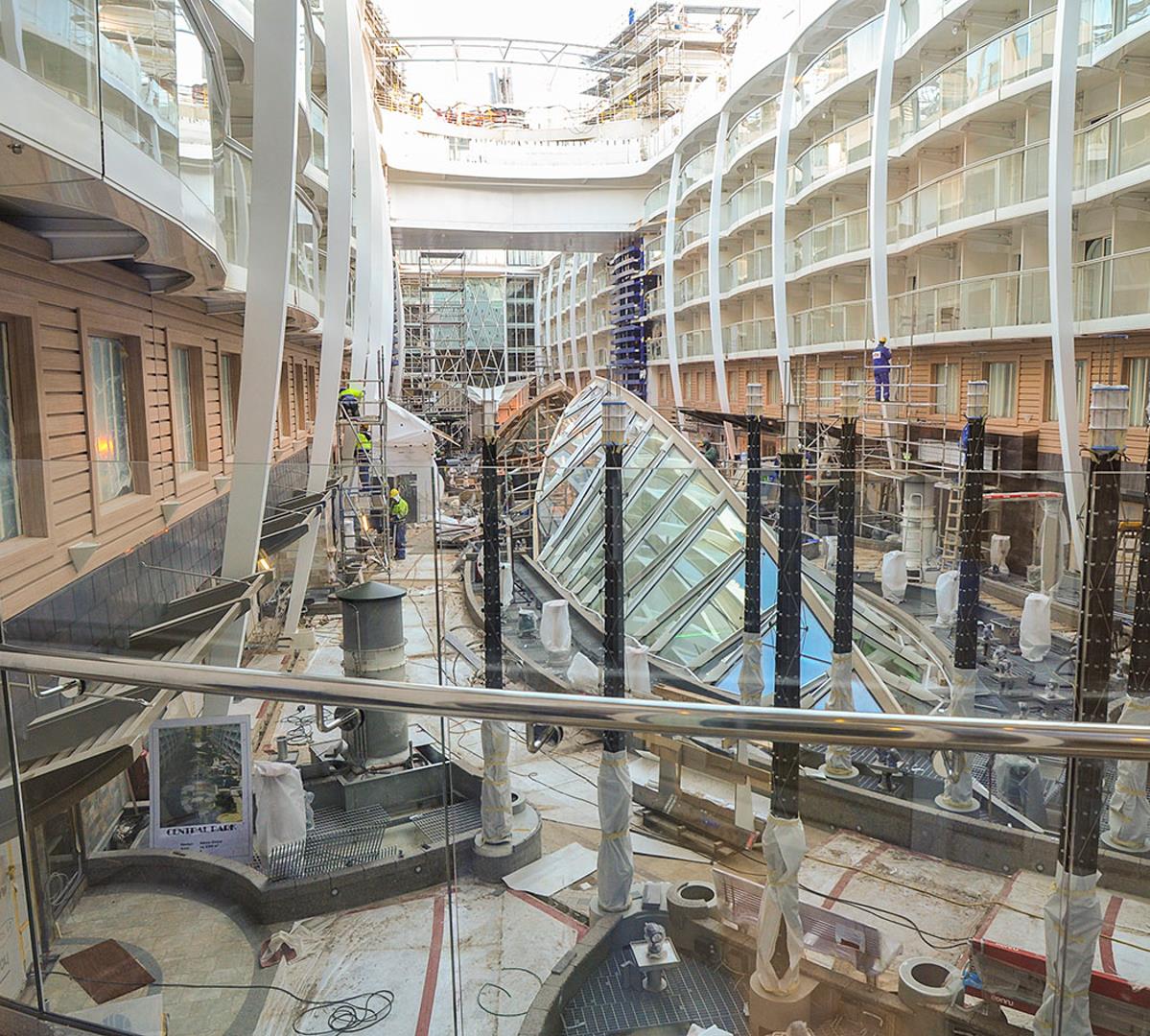
Photos by Royal Caribbean
"Once it's proven, and we've gone through the risk mitigation and we kicked all the tires and looked at it inside out and outside in, that we are able to really stay very true to that and deliver on the concept as it is when we presented it to our executives."



